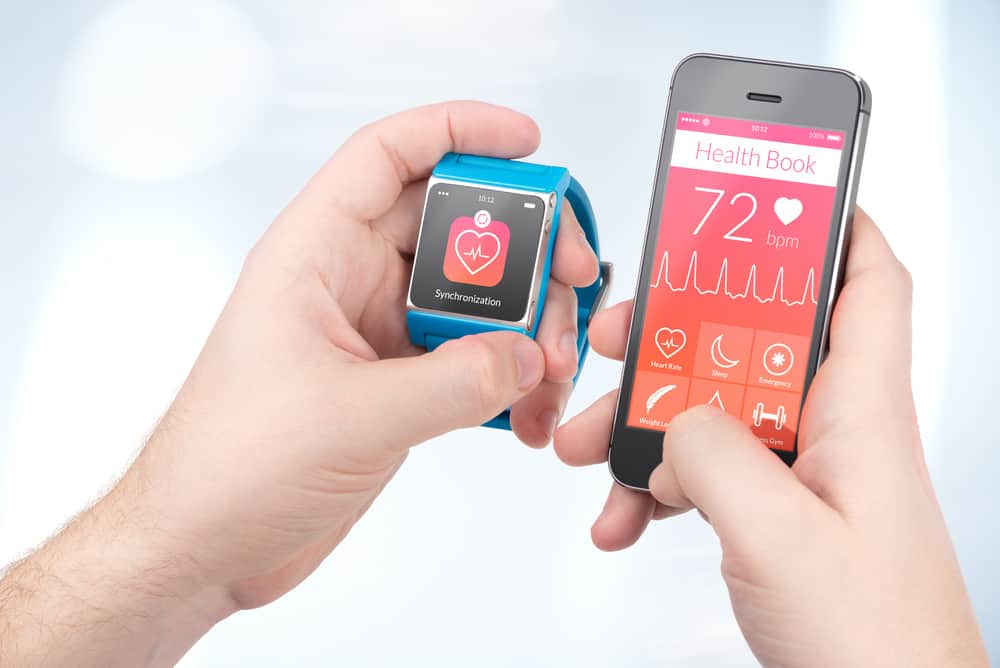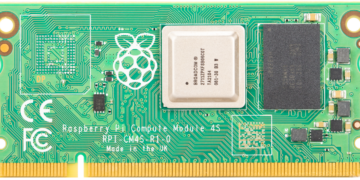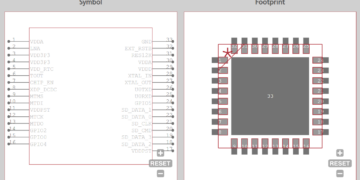
The popularity of wearable devices has skyrocketed since the pandemic. They are a go-to application for many people trying to keep a constant tab on their health while maintaining a normal day-to-day lifestyle. At the heart of the device lies an integrated pulse oximeter and heart-rate monitor sensor that enables it to display accurate vital signs despite device space constraints.
One of such types is the Maxim Integrated sensor MAX30100 which offers a tiny form factor and ease of design for mobile and wearable devices. The in-built pulse oximeter and heart rate module integrates red and IR LEDs for vital sign monitoring. The ultra-low-power operation increases the battery life of a wearable device without compromising its high sample rate and fast data output capability. Apart from wearable devices, the sensor finds its application in the fitness and medical industries for offering services in the same line.
Let’s understand its basic operational principle and look at the important elements from the MAX30100 sensor datasheet.
Basic Operational Principle of a Pulse Oximeter
A pulse oximeter works on four components.
A biological variable: Percentage saturation of hemoglobin molecules in the bloodstream
Sensor: to access the transmission of red light and IR light through the tissues
Integrator: Analyzing the signal from the sensor and extracting the pulsatile components for calculation
Output: A numerical display of oxygen saturation and heartbeat rate coupled with a graphical display of the quality of signals.
Our blood consists of hemoglobins, responsible for carrying oxygen molecules to different cells of the body. Inside the bloodstream, there could be oxygenated and deoxygenated hemoglobin, depending on whether they carry oxygen molecules. The light absorbance rate of oxygenated and deoxygenated hemoglobin for red and infrared (IR) wavelengths varies significantly.
Oxygenated hemoglobin absorbs more IR light and allows red light to pass through. Therefore, it appears bright red. On the other hand, deoxygenated hemoglobin molecules are dark red as they absorb more red light and allow IR light to pass through. These unique responses allow the sensor to calculate the percentage of oxygenated hemoglobin in the bloodstream.
The sensor part consists of a pair of LEDs responsible for emitting red light (660 nm) and infrared light (940 nm) to pass through the finger. Two photodiodes detect the intensity of red and IR lights coming out of the tissue and convert them into an electrical signal for the integrator.
The integrator makes use of the Beer-Lambert’s law to isolate the pulsatile component (AC) of the signal, which reflects arterial blood entering the tissues from the non-pulsating component (DC) representing venous blood. The data is useful for calculating the ratio of pulsating to non-pulsating signals for a red light and an IR light and further taking a ratio between the final values of two lights to generate an R-value.

The converter converts the R-value to an equivalent oxygen saturated value in reference to data from an experiment where healthy volunteers, with a normal arterial oxygen level of 75-100 mm Hg, braved hypoxic gas mixtures. This is the reason pulse oximeters are calibrated down to a saturation level of around 75 percent maximum.
MAX30100 Datasheet and Specification
Internal Function
The typical functional diagram of the MAX30100 sensor is shown below. 
The MAX30100 features a wearable-friendly minimalistic design to offer pulse oximetry and heart rate sensor systems in a single package without sacrificing optical or electrical performance. The sensor achieves the desired functions through red and IR LEDs, a photodetector, optimized optics, and a low-noise analog signal processing unit. It operates between 1.8V to 3.3V and can achieve ultra-low-power operation with a negligible standby current of 0.7µA through software.
The SpO2 subsystem features ambient light cancelation (ALC) application to overcome external light interference with signals coming from LEDs. Also, it successfully cancels out low-frequency noise with a proprietary discrete-time filter. With an on-chip temperature sensor, it further takes care of any reading error due to ambient temperature fluctuations.
The sensor combines signals from red and IR LED drivers to drive pulse for pulse oximeter and heart rate measurements. The LED current and pulse width can be programmed from 0mA to 50mA and 200µs to 1.6ms, respectively, to optimize measurement accuracy and power consumption.
Salient Features
- Complete pulse oximeter and a heart-rate sensor
- Ultra low power operation
- Improved measurement performance
- Fast data output
- I2C interface
Specifications
Some of the main specifications found in MAX30100 sensor datasheet include:
- Input power: 1.7 to 2.0 V
- Temperature range: -40 to +85 °C
- LED Current: 0mA to 50mA (typ)
- LED pulse width: 200µs to 1.6ms
- Supply current in shutdown: 0.7-10µA
- Package: 5.6mm x 2.8mm x 1.2mm 14-Pin SiP
The sensor comes in the SiP package offering significant space and cost-saving advantages in reduced board area and board layers.
Pin Configuration and Description
Two diagrams below show the pin configuration and pins description of MAX30100.


As the sensor comes with an I2C interface, it is good-to-go for multi-master and multi-slave communication with just a two-wire protocol.
If you’ve been looking for ECAD/MCAD models, technical notes, and reliable sourcing information alongside the MAX30100 datasheet, Ultra Librarian can help you. Working with Ultra Librarian sets up your team for success to ensure streamlined and error-free design, production, and sourcing. Register today for free.








